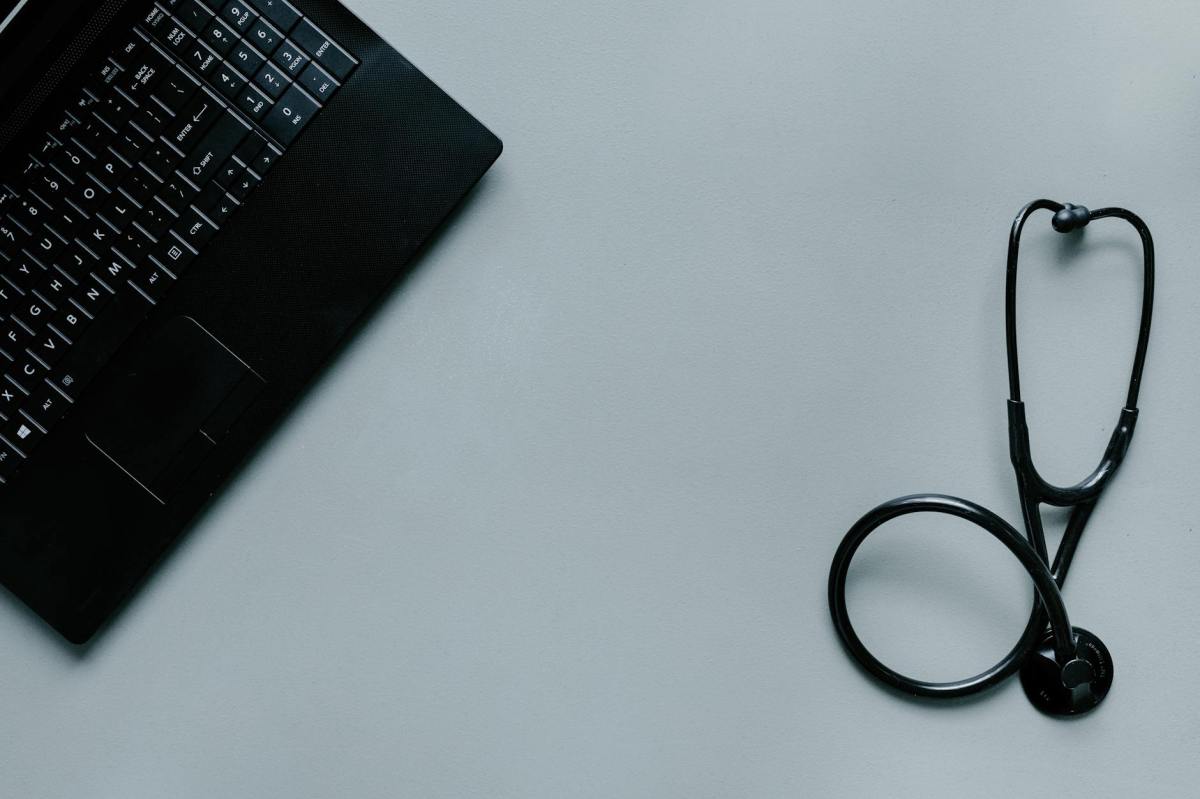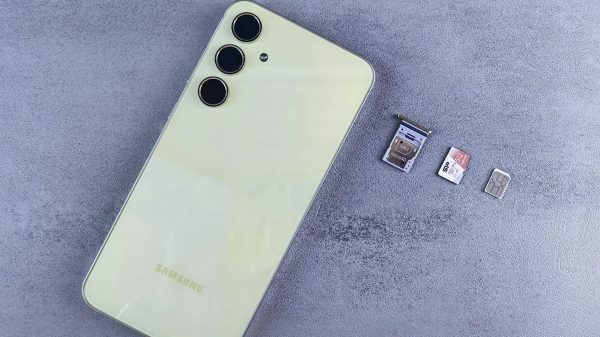Origins of telemedicine
Telemedicine has been evolving for decades even though some may consider it a relatively recent term. In fact, a milestone in the evolution of remote medicine occurred in the 1930s – specifically in August 1930.
A couple of hundred medical professionals, gathered in the Telefónica building on Madrid’s Gran Vía, connected with an earpiece to follow the communication via radio with a colleague who was examining patients in Buenos Aires.
Thanks to an amplifier attached to the stethoscope while he was exploring the chest of the aforementioned patients, those gathered in the Spanish capital were able to make a medical diagnosis that turned out to be correct, as corroborated by Dr. Montellano from the other side of the Atlantic.
Telemedicine in the 19th century
But we can still go back several decades further in time to find remote medical practices. Specifically, in the context of the American Civil War (1861-1865), when the development of the telegraph made it possible to carry out medical consultations on the wounded in the war.
The development of the telephone in the second half of the 19th century also helped to make remote medicine a reality, although obviously with the limitations of the time.
What is telemedicine and what is it for?
The term telemedicine itself was coined in the 1970s, a word that the RAE defines concisely as “application of telematics to medicine”.
The World Health Organization (WHO), in its guide to telemedicine, explains that telemedicine is the delivery of health care services at a distance and has the potential to both improve clinical management and expand service coverage.
Based on these two definitions, and considering the historical background discussed above, it is sufficiently clear that telemedicine is not new.
However, technological advances are making the services that telemedicine can offer totally different from what they were just a few years ago. Online telemedicine has become an integral part of the healthcare sector.
5G and telemedicine: use case examples
As we have just mentioned, technological advances are facilitating numerous breakthroughs in the healthcare sector. 5G is no exception allowing remote assisted surgical operations, cheaper telemedicine devices that make preventive diagnostics more accessible or gamified rehabilitation.
Let’s look at some examples of use cases.
5G and breast cancer
Breast cancer – a disease that even has a specific day to promote, among other things, its early detection on October 19 – can be supported by 5G technology in the fight against the condition.
As part of the 10th Congress of the Spanish Association of Breast Surgeons (Aecima), the first surgery of this type of cancer with augmented reality in addition to 5G was developed between medical personnel from the Fundação Champalimaud in Portugal and the Spanish city of Zaragoza.
Communication and interaction between the two surgeons responsible for the intervention was facilitated by the minimal latency and high video transmission capacity.
Likewise, those attending the event were able to view the entire operating room or the video generated, as well as the parameters of the operation itself, in an immersive way.
5G operating room
Seven endoscopic digestive surgeries performed in Malaga were remotely assisted from Japan, through augmented reality and 5G technology.
Performed and broadcast live during a medical congress, like the use case analyzed above, the contribution of 5G technology has been fundamental for two reasons: the minimization of delays thanks to low latency and the performance to offer high-speed 4K video.
5G for real-time remote ophthalmic examination and diagnosis
Beyond surgical interventions, 5G can also help the healthcare sector in other ways. For example, in the field of ophthalmology, where early diagnosis can help prevent up to 80% of cases of blindness.
To do this, the Ocuexplorer 5G prototype takes hundreds of high-definition images of the eye per second, sending them to a computing center where an early diagnosis is made using Artificial Intelligence algorithms.
A system to facilitate access to telediagnosis which, as we have previously mentioned, is of great relevance in this field of medicine.







